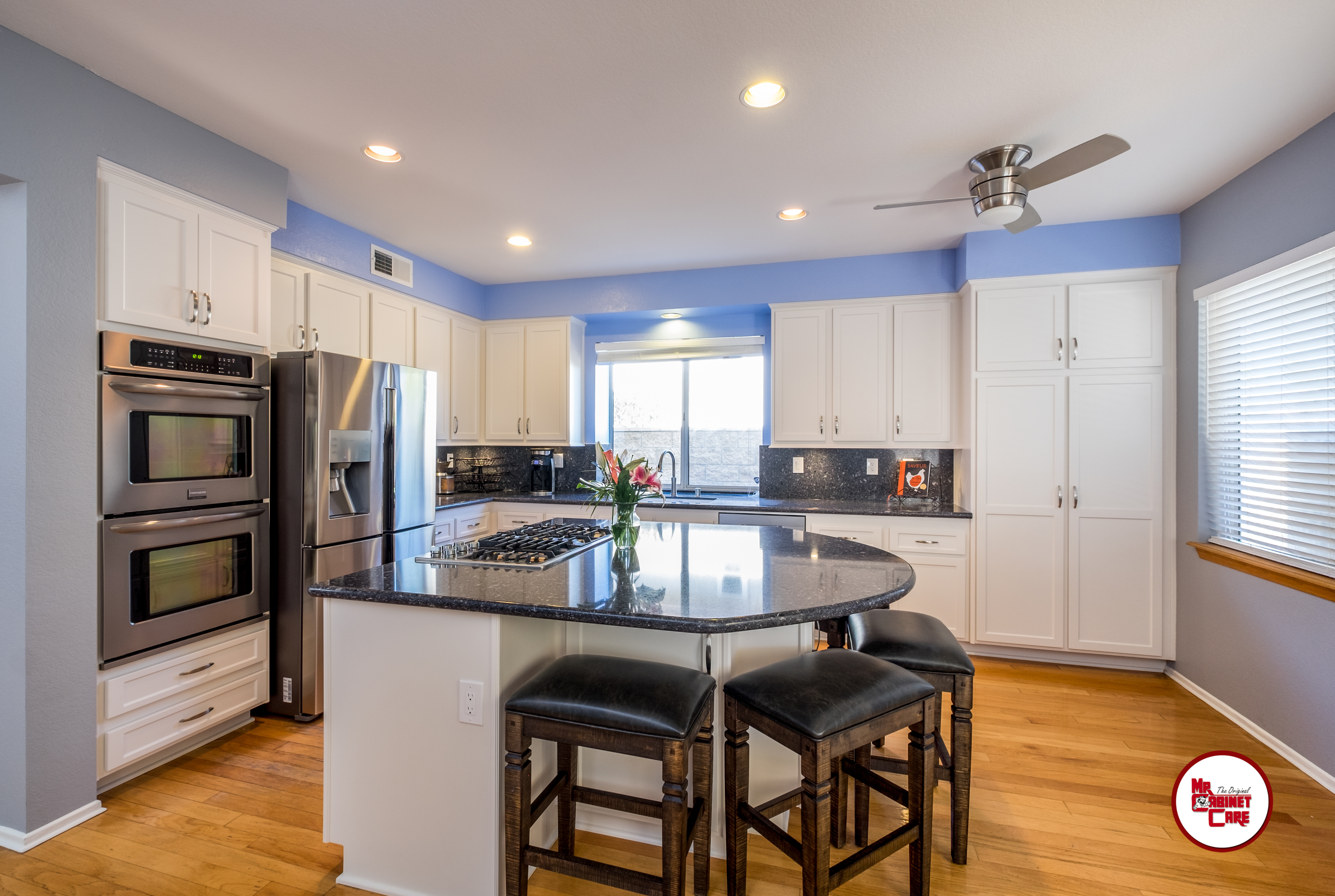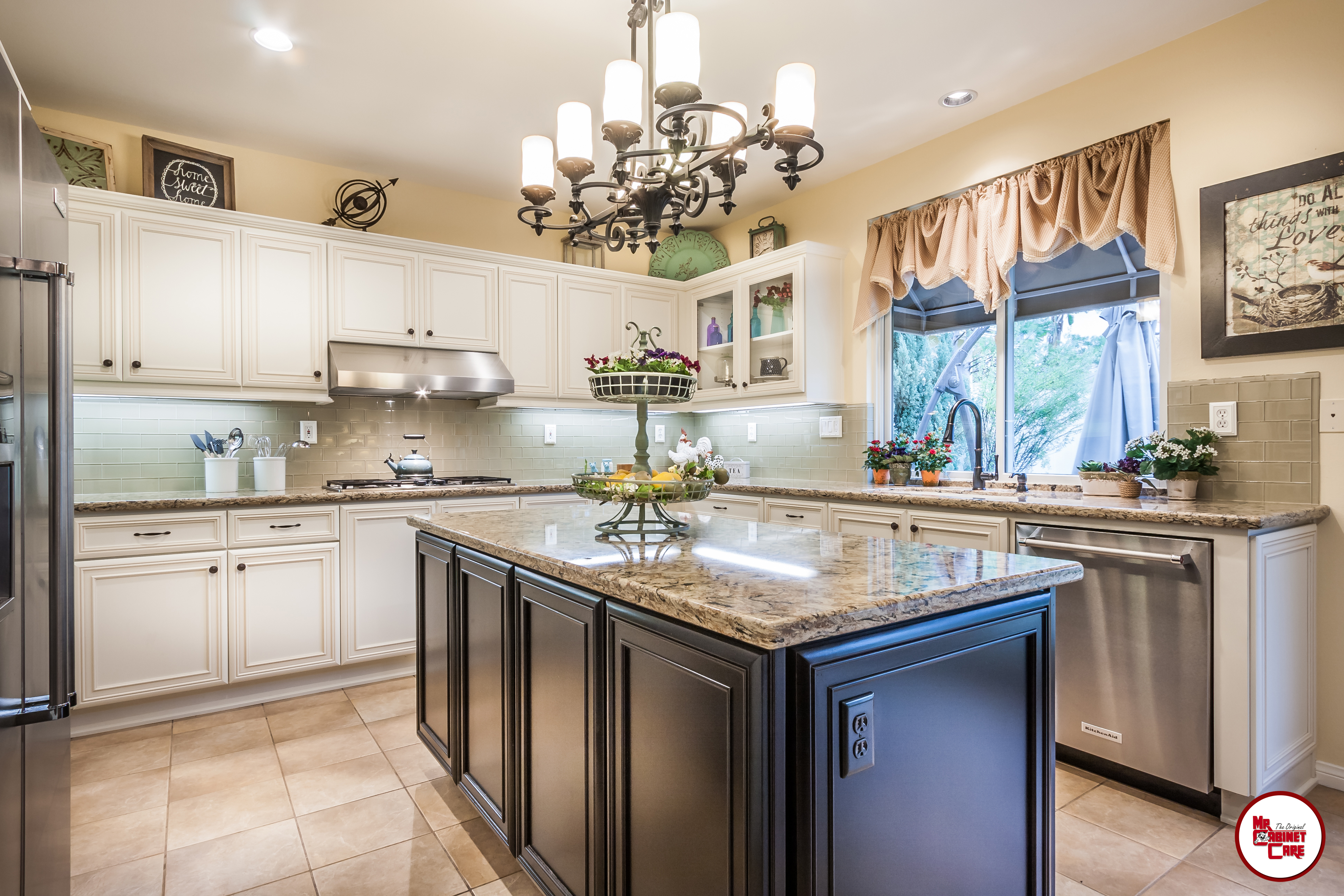Things to Consider When Installing a Kitchen Island

Do you want to make your everyday cooking easier? Or do you want more room for dining? How about some extra storage space for your cookware?
If you answered at least one yes to these three questions, perhaps, you’re thinking of installing a kitchen island in the heart of your home—and you’re on the right track! Adding a kitchen island doesn’t only transform a kitchen’s look, it also upgrades its functionality.
To help you install a kitchen island that best fits your lifestyle, here are five things that you should consider when installing a kitchen island:
Size
Height and width are the first factors to consider when installing a kitchen island because the main purpose of installing one is to make your kitchen tasks more convenient. Installing a kitchen island with the wrong size, on the other hand, causes the opposite.
Working in the kitchen requires you to move around your work triangle (your fridge, stove, and sink) from time to time that is why you need to leave enough space for the walkway while a kitchen island that’s too small might also cause inconvenience due to its limited worktop.
Moreover, a kitchen island that’s too high may require you to stand on a step stool while working on the island while a low kitchen island might cause back strain because you need to bend over whenever you’re doing your kitchen tasks. In short, you need to determine the size that best fits your kitchen.
The average height of a kitchen island for cooking, food preparation, or washing the dishes is about thirty-six inches tall whereas a dining island should be at least forty-two inches tall.
The average width of a kitchen island for food preparation measures two to three feet while cooking and cleaning islands should measure at least seven feet.
Even though you already know the average measurements, you can still have your kitchen estimated by your local kitchen remodeling contractor for a more accurate measurement.
Shape
The most common kitchen island shape is the rectangular shape because of its simple (it almost looks like a table, right?) and versatile (it can complement any kitchen layout) design. However, if you want a unique kitchen island, you can try either a u-shaped, l-shaped, t-shaped, or curved kitchen island.
Aside from adding a ‘wow factor’ to your kitchen, using a unique kitchen island shape will also enable you to combine yet define which is the dining/sitting area and which is the cooking/washing area. In that way, you can cook or wash the dishes while entertaining your guests or while helping out your kids with their homework.

Mobile or Static?
A mobile kitchen island usually comes in square and rectangular shapes and basically look like rolling carts. Mobile kitchen islands can be used as a worktop, food tray, or a surface to place your ingredients on. You can push it near your kitchen stove to keep your ingredients handy or use it as a food service cart when entertaining guests. However, you can’t install a stove or sink in it because it should be small and made with light materials.
A static kitchen island, on the other hand, can’t be moved from one place to another from the word itself. But, it can also be multipurpose because you can use it either as a food preparation area, cooking area, dining area, or washing area depending on its size, material and on your preference. Static kitchen islands are also more durable than mobile ones because it can be made with heavy materials that can last for a decade or more.
Material selection
In choosing kitchen island materials, you need to divide it first into two categories: the base and the countertop. The base is composed of the frame and body while the countertop is the surface of the kitchen island.
The commonly used for kitchen island bases include but are not limited to the following: lumber, concrete, stainless steel.
First off, let’s discuss lumber. Lumber materials come in different shades of brown—reddish, yellowish, and so on. You can choose to retain its color or paint it if you want it in another shade to match or contrast the color of your kitchen.
Although there are different types of lumber, lumber materials are generally hard and durable. With proper care, a lumber kitchen island base can last for two to five decades. However, exposure to moisture can make it prone to stains, rotting and termite infestation.
Next, we have concrete. Concrete is one of the most durable construction materials. It can also be formed into different shapes and patterns. However, because it only comes in one color, it should be painted after drying. Moreover, although it is a corrosion-resistant material, reinforcing steel into it (as a framework) can make it deteriorate because steel is highly corrosive.
Stainless steel, on the other hand, is impervious to stains, termites, and corrosion. However, it is prone to scratches especially the thinner versions (22-gauge stainless steel). Just like concrete, stainless steel only comes in single color, and unfortunately, it can’t be painted.
Moving on to kitchen countertop materials, you can check out this article which details ten countertop options for reference.
Easy installation
Although there is no such thing as an “easy kitchen island installation” (unless you’re opting for a small, mobile kitchen island), you can avoid the hassle of doing it and save time as well through hiring a professional to do the job. Aside from a fast and hassle-free result, you can also ensure the quality of your kitchen island if you will hire a licensed and experienced kitchen remodeling contractor.
Check out this infographic on 6 things to look for in kitchen remodeling contractor for more information.
Indeed, installing a kitchen island can give any kitchen a huge make-over and increase its efficiency. Let us help you make your kitchen stunning and efficient today! Contact us at (714) 961-1900 for a free estimate.


